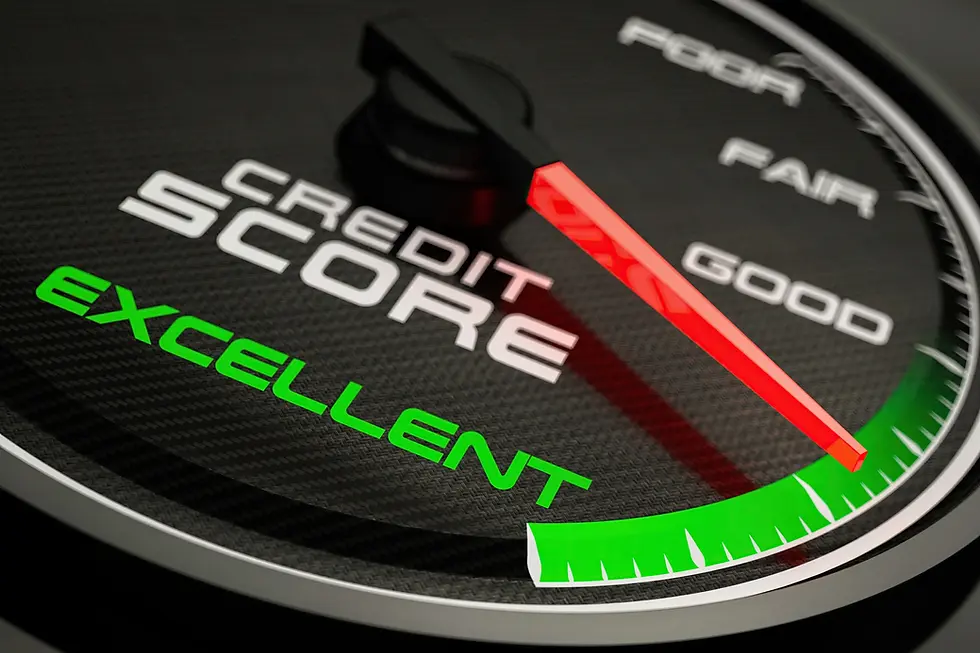How to Manage Debt Like a Pro
- Kaushik Sarkar

- Jul 7
- 2 min read
1. Track Every Rupee 💸
“What gets measured gets managed.” – Peter Drucker
Use apps or a simple spreadsheet. Know what you owe, to whom, the interest rate, and due dates. Clarity kills anxiety.
2. Prioritize High-Interest Debts First 🔥
Focus on credit cards or personal loans with the highest interest (aka the debt avalanche method). It's like plugging the biggest leak in your financial bucket.
3. Avoid Minimum Payments Trap ⚠️
Pay more than the minimum — it’s like quicksand. You stay afloat, but don’t go anywhere.
4. No New Debt Unless It Builds Value 📈
Borrow only to invest in value-generating assets (e.g., home, education, business). Don’t borrow to fund lifestyle.
5. Emergency Fund is Non-Negotiable 🛡️
At least 3–6 months of expenses. Else, the next crisis becomes the next credit card bill.
🌟 How to Maintain an Excellent Credit Score (750+)

1. Pay On Time, Every Time ⏰
Set auto-debits or reminders. One missed payment can stay on your report for years.
2. Keep Credit Utilization Below 30% 📊
If your card limit is ₹1,00,000, try not to exceed ₹30,000. Credit score loves the “low usage, high trust” behaviour.
3. Don’t Close Old Accounts 🧓
Your oldest credit card boosts your credit history. Keep it alive, even if it’s rarely used.
4. Limit Hard Inquiries 🕵️♂️
Each time you apply for a loan or card, lenders check your score. Too many checks = red flag. Space out your applications.
5. Check Your Credit Report Twice a Year 🧐
Free reports from CIBIL, Experian, etc. Spot errors early and dispute them. It’s like a health check-up — silent problems can hurt you.
🚀 Reality Check & Motivation
🎯 “Credit is a tool, not a trap. Use it wisely, and it builds your future. Abuse it, and it mortgages your dreams.”
Whether you're climbing out of debt or building your score, consistency beats intensity. No shortcuts, just smart habits.







Comments